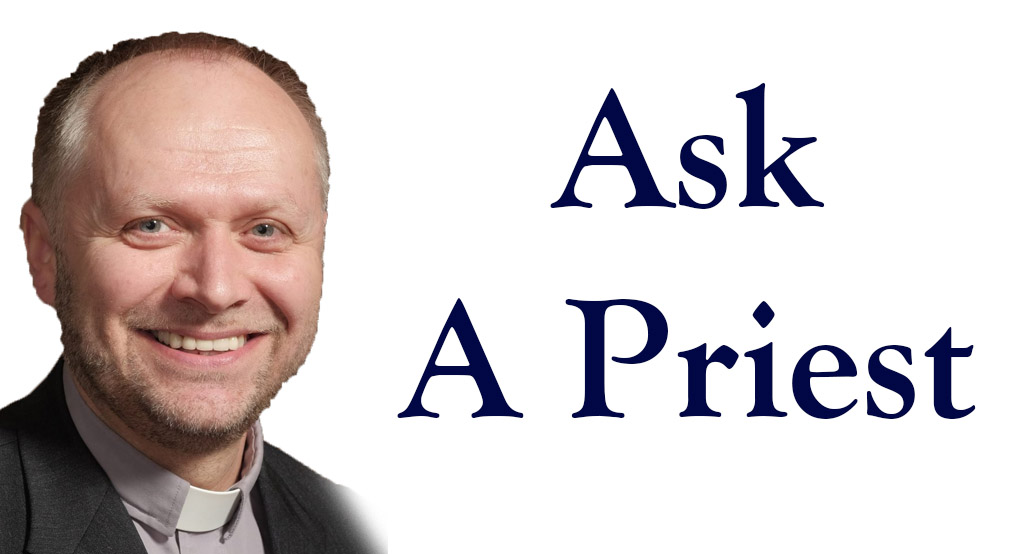Respectfully submitted by Fr. Julian Bilyj
Crosses are recognized universally as the symbol of Christianity. The three-barred Cross, sometimes called an Eastern Cross or an Orthodox Cross, has a special position in Ukrainian religious life. It is composed of a vertical limb and two parallel horizontal arms, plus a third arm in a slanting position. Occasionally, all three horizontal arms are parallel. In western Canada, this cross is commonly seen on the top of Ukrainian Orthodox Churches and sometimes in Ukrainian Catholic Churches and cemeteries.
The short, the extra top bar represents the sign nailed to Christ’s Cross, which read: “Jesus of Nazareth, King of the Jews” (John 19:19). The lower, slanted, bar is the footrest of the crucifix. All crucifixes would have had these, as no one could be suspended from a cross by nails alone. The cruel death of a crucifixion was not brought about only through blood loss, but by lack of oxygen: exhausted, the man is no longer able to stand straight upon the footrest, the body sags, and air can no longer be drawn in. The footrest of Christ’s Cross is slanted because it is believed that in the final moments before Jesus gave up His spirit, He twisted in agony and the footrest was wrenched out of place. But in this true event there is also symbolism. The footrest points up, toward Heaven, on Christ’s right hand-side, and downward, to Hades, on Christ’s left.
The three-barred Cross with lower, slanted or straight bar is a cross of the Kyivan (Kievan) Church and the Ukrainian People. It was in use in Ukraine from the earliest centuries after the Christianisation of the land of our ancestors by St. Volodymyr the Great in AD 988. As such it belongs as much to the Ukrainian Catholic tradition as it does to the Ukrainian Orthodox tradition.
Truly, any cross in our faith always points us to the Resurrection of Christ. Being united and joined with Christ is not reserved only for the next life, but is for the here and now. Whenever I look upon a cross, I am reminded of my call to live as a Christian and to trust in the promise that I will be given the strength to do so. It is a commitment to remain steadfast to my faith no matter how difficult the trials become. It is clinging to the belief that through the aid of the Lamb of God I, too, can endure and continue on.
The cross serves as a representation to the world of who we are. It classifies us as followers of Christ. As the Body of Christ, the Church, we are to embody anything the cross is and everything that it stands for — to become so close and familiar with the cross that our words and actions ought to be constantly guided by it; to always have our gaze fixed upon it, but to never lose focus of its meaning.

